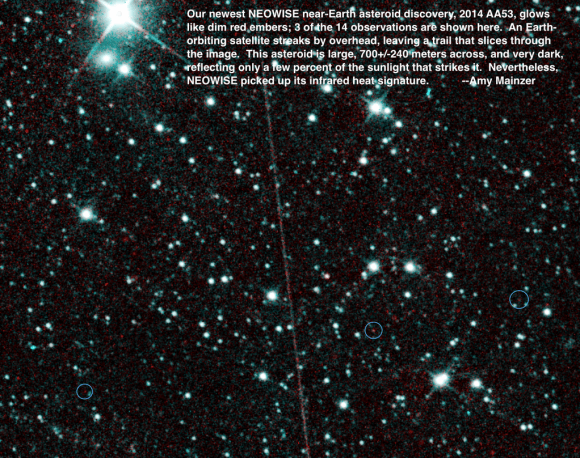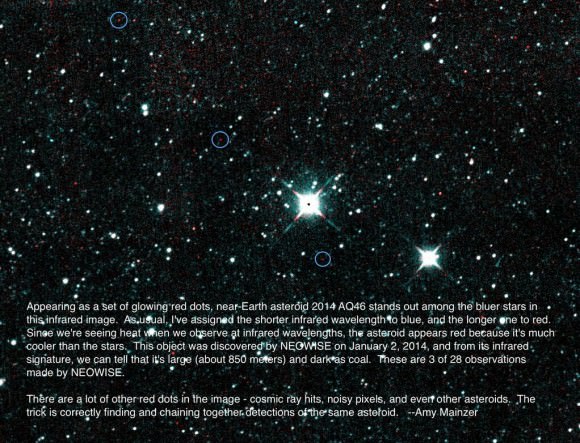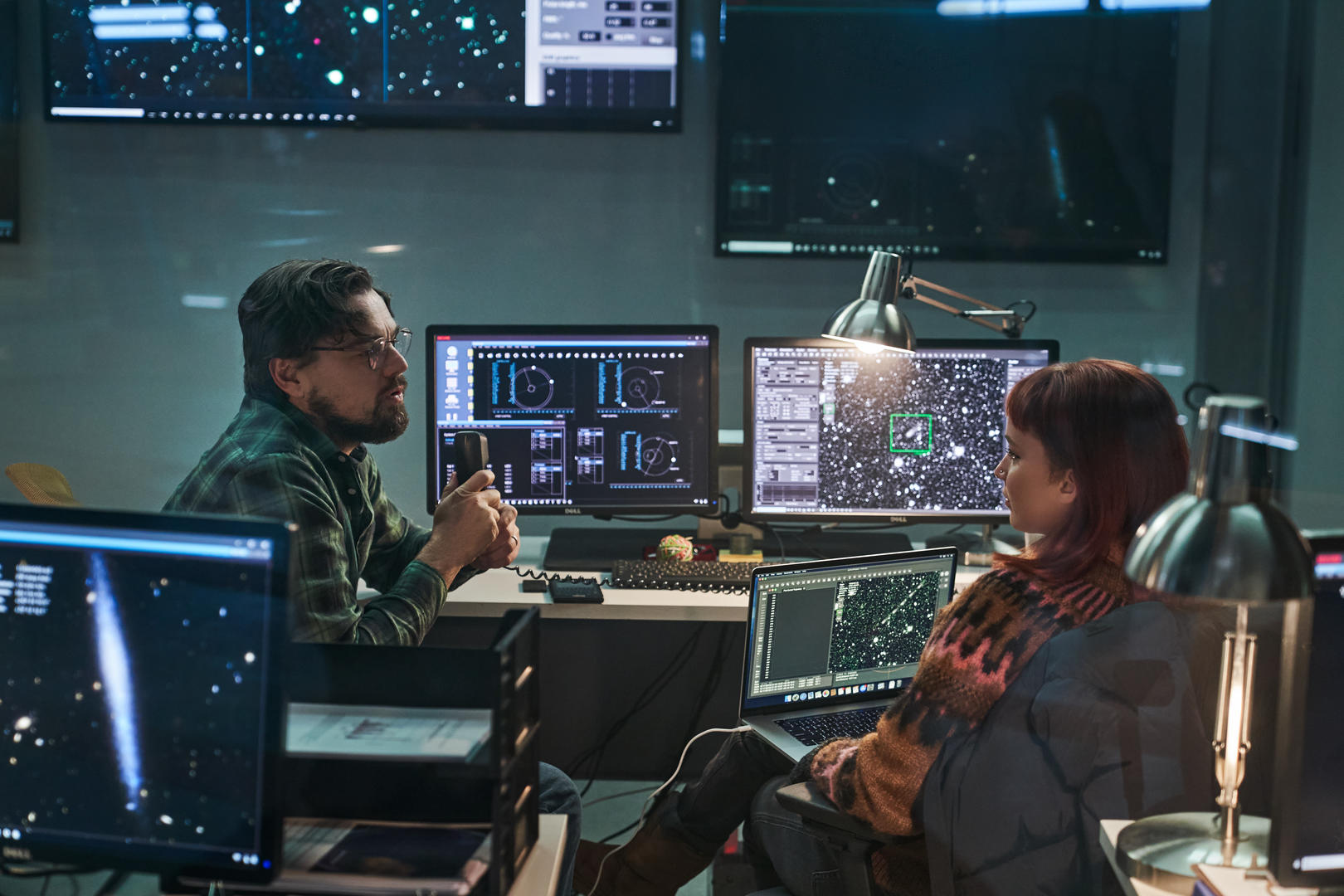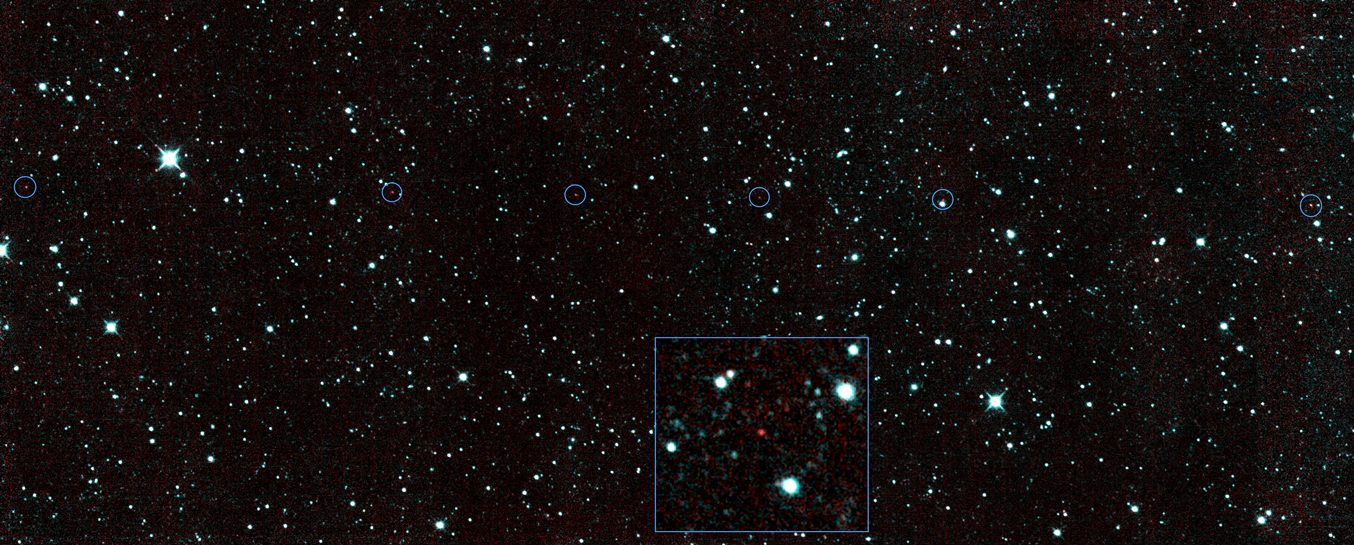If anything, NASA’s asteroid-hunting spacecraft seems to be refreshed after going into forced hibernation for 2.5 years. In the first 25 days since it started seeking small solar system bodies in earnest again, the Near-Earth Object Wide-field Infrared Survey Explorer (NEOWISE) found three new objects and detected an additional 854, NASA said Thursday (Jan. 23).
Luckily for people interested in this field, Amy Mainzer (the principal investigator for this mission) has been tweeting out discoveries as they come — and other observations besides. “Just passed our @WISE_Mission post-restart review. I believe the technical term is “Yee haw!!” she wrote Jan. 21. Below are a couple of illustrated examples of discoveries from her Twitter feed. Click on the pictures for larger versions.


In a release, NASA added that NEOWISE is “observing and characterizing” one NEO a day, which means not only looking at the object, but probing its size and composition. Astronomers know of about 10,500 NEOs, but of those only 10% (or about 1,500) have physical measurements cataloged as well. NEOWISE investigators aim to make hundreds of more of these measurements.
The mission (originally called WISE) launched in December 2009 to examine the universe in infrared light. After completely mapping the sky, it ran out of coolant it needed to do this work in 2010. It then shifted to examining comets and asteroids before being put into hibernation in February 2011. Read more about its mission history in this past Universe Today article.




